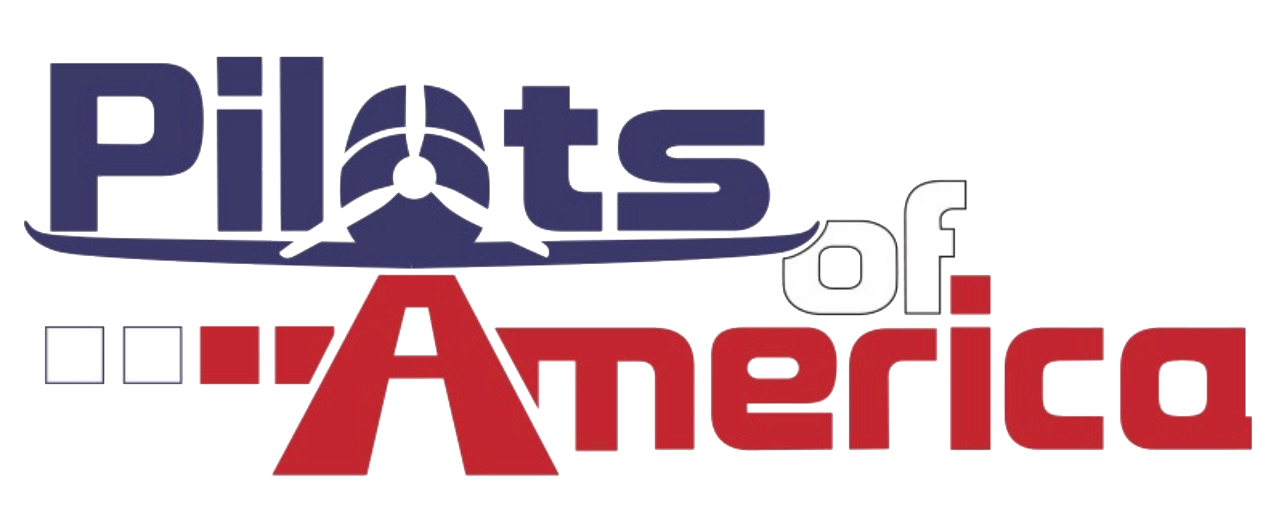Happened to me twice, prior to getting my IR.
The first time, I was flying my daughter up the coast of CA to Arcata. There was an broken fog bank hugging the coast for the last third of the trip. It was forecast to be ceilings of 1500 with the top of the bank at 3500. The destination was forecast to be clear. As we approached the fog bank, we needed a break and decided to land at Shelter Cove. (Which was supposed to be a beautiful spot to land.) We descended to 1000 (still a few miles offshore). As we approached the airport, the fog started to drop. By the time I realized this wasn't going to work, it was too late, I was in it. I knew there was a coastline to my right, and I wasn't sure of its elevation, so I turned 180 to the left and flew out of it. We had to fly for about 15 minutes before we could climb back up, turn around again, and continue toward Arcata over the top. (I had enough gas onboard to go inland and land in the central valley if Arcata turned out to be socked in.) To get into Arcata, we had to continue north of it and turn around and come back, as the south half of the airport had 500 ft ceilings, while the north was clear. We got out the same way. Started the takeoff roll with 500ft ceilings and was clear skies by the time we rotated. That incident is what made me start my IFR training.
The second time, I was on my way back from San Diego. I had stopped in Bakersfield for full. The sun was setting, and I had a bad case of get-home-itis. Forecast was 6000ft ceilings all the way up the valley, with tops around 9000. My home drone was also under the 6k ceiling, but was forecast to be clear before my arrival time. Not wanting to take the chance of not being able to get down through the layer, I decided to stay under at 5k. (The entire route was flat land with elevations around 300-600 ft.) Just south of Lemoore NAS (it was already dark by then) The lights below flickered a bit, and then just disappeared. I looked at my wing tip, and saw my strobe flashes lighting up clouds. Yup, I was in it. I was about to make a 180, and suddenly hit heavy rain and turbulence the likes of which I had never seen. I was being bounced around so bad, I could barely maintain control. I got on the radio with ATC (I was under FF) and asked for help. Unfortunately, their weather radar was down. I really wanted to turn and get the hell out of it, but was barely able to stay level. All those crash videos were flashing through my mind, and I was thinking "you're about to star in your own crash video, dumbass." Then, suddenly, things settled down, and the lights below came back into view. I looked at my instruments, and I was 1000ft lower than I had been when I entered the soup, and I was 90 degrees off course! ATC read off the wx at the rest of the airports along my route (I was about an hour from home) and they were all reporting ceilings of at least 3000, and my destination was reporting broken, so I continued on, albeit at 3000 instead of 5000.
After initially getting my IR I spent as much time in the soup as I could, and still do.
